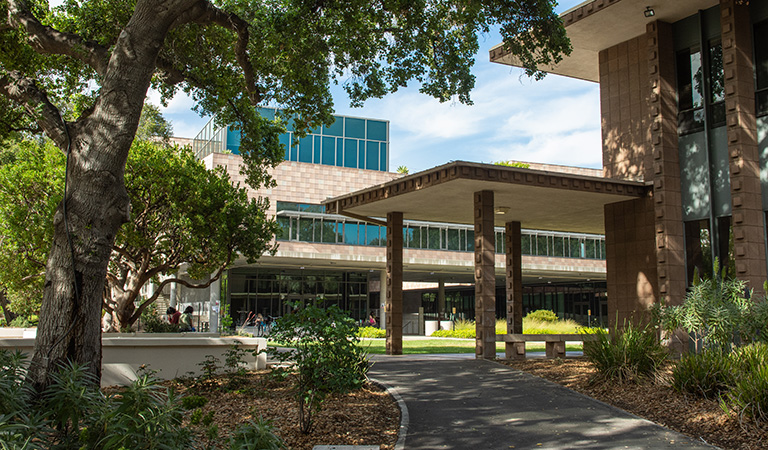Innovation Accelerator Showcase

Healthy Buildings and Future Ecologies
The Opportunity
With building operations accounting for nearly 40% of global carbon emissions, Harvey Mudd College faces an urgent need to integrate sustainability into its campus development. Current campus infrastructure does not fully reflect the College’s commitments to environmental stewardship, student wellbeing or interdisciplinary collaboration. Additionally, existing residential spaces have not kept pace with the diverse needs of students, including personalized accommodations, accessible and sustainable design, and community-oriented spaces that support academic, professional and personal growth. Without a comprehensive approach to sustainability and design, the College cannot fully support its goals for a thriving, engaged and environmentally responsible campus community.
The Big Idea
The combined “Third Landscape” and “New Residence Hall” initiatives will create a transformative campus development strategy that integrates sustainable architecture, innovative design and student-centered spaces. The Third Landscape will evaluate and enhance campus operations—energy use, waste management, transportation and water conservation—through a socially just and ecologically restorative lens. Simultaneously, the new residence hall will prioritize student wellbeing and sustainability by offering personalized rooms, community hubs, multipurpose areas and smart technology integration. Together, these initiatives will establish the College as a model for sustainable and student-focused campus development.
The Plan
The combined initiative will be carried out in phases, involving interdisciplinary collaboration, integrating architectural experimentation, biodiversity strategies and curriculum connections to foster a culture of sustainability. The project will base its performance off specific metrics to evaluate its impact and support long-term ecological improvements. The project can reduce the College’s carbon footprint while also positioning itself as a leader of innovative and sustainable college campuses.
The Impact
This project will reduce the College’s carbon footprint, improve resource efficiency, and create vibrant living and learning spaces that prioritize student wellbeing, accessibility and collaboration. Additionally, partnerships with architects, engineers, environmental scientists and sustainability experts can influence construction standards beyond academia. By incorporating biodiversity strategies, net-zero energy and water systems, and smart technology into campus planning, the initiative aligns with global efforts to create greener urban environments, contributing to broader environmental governance efforts around the globe.The project demonstrates how institutions can reduce emissions while enhancing community experience and engagement.